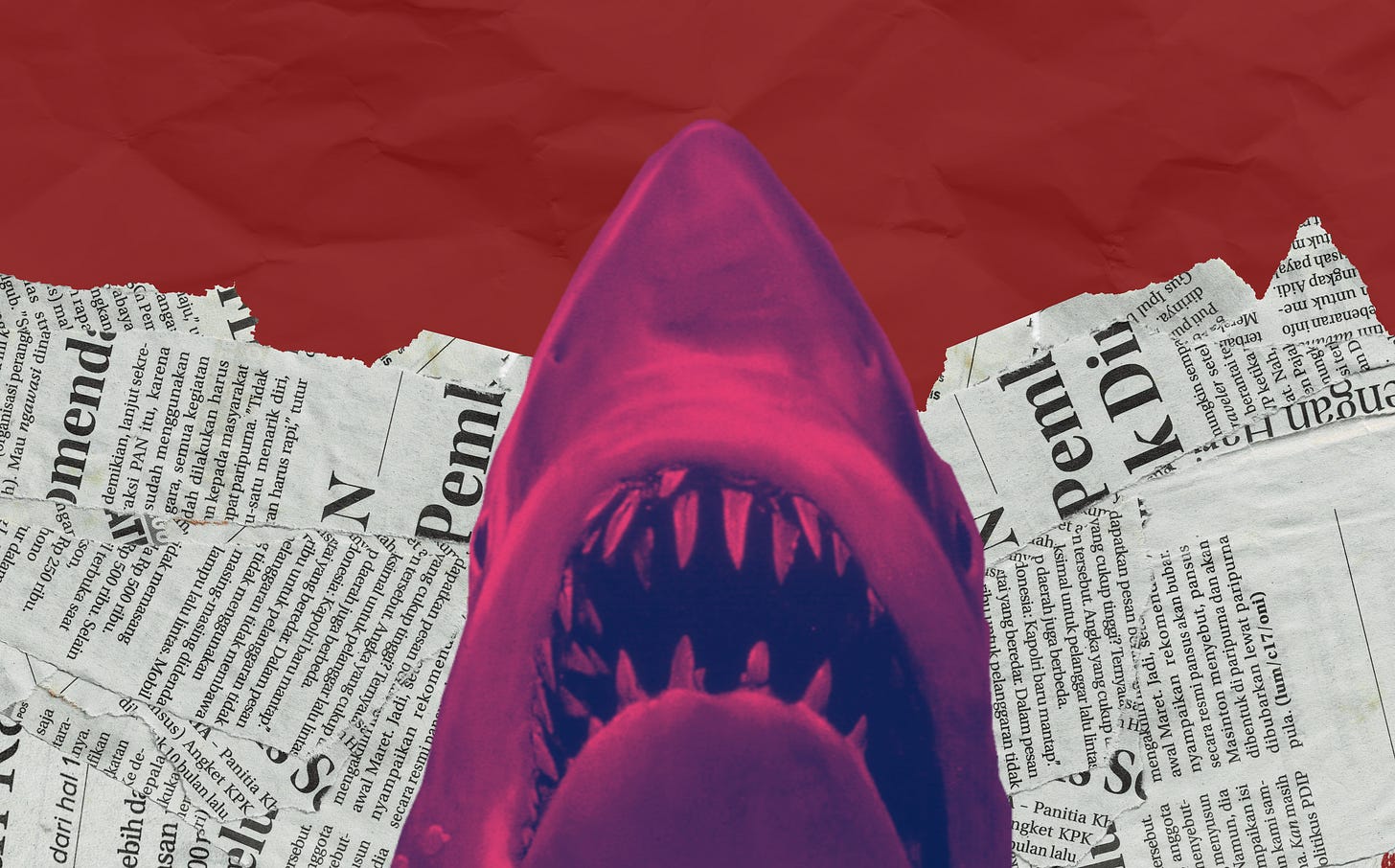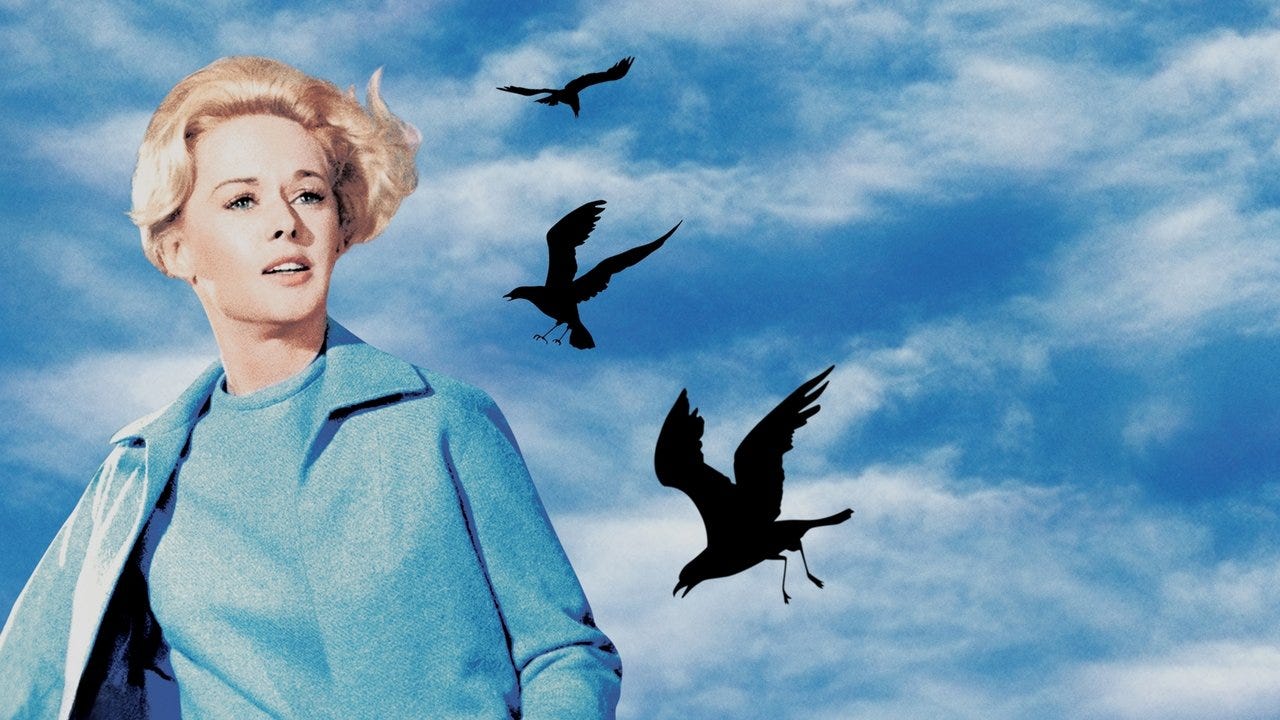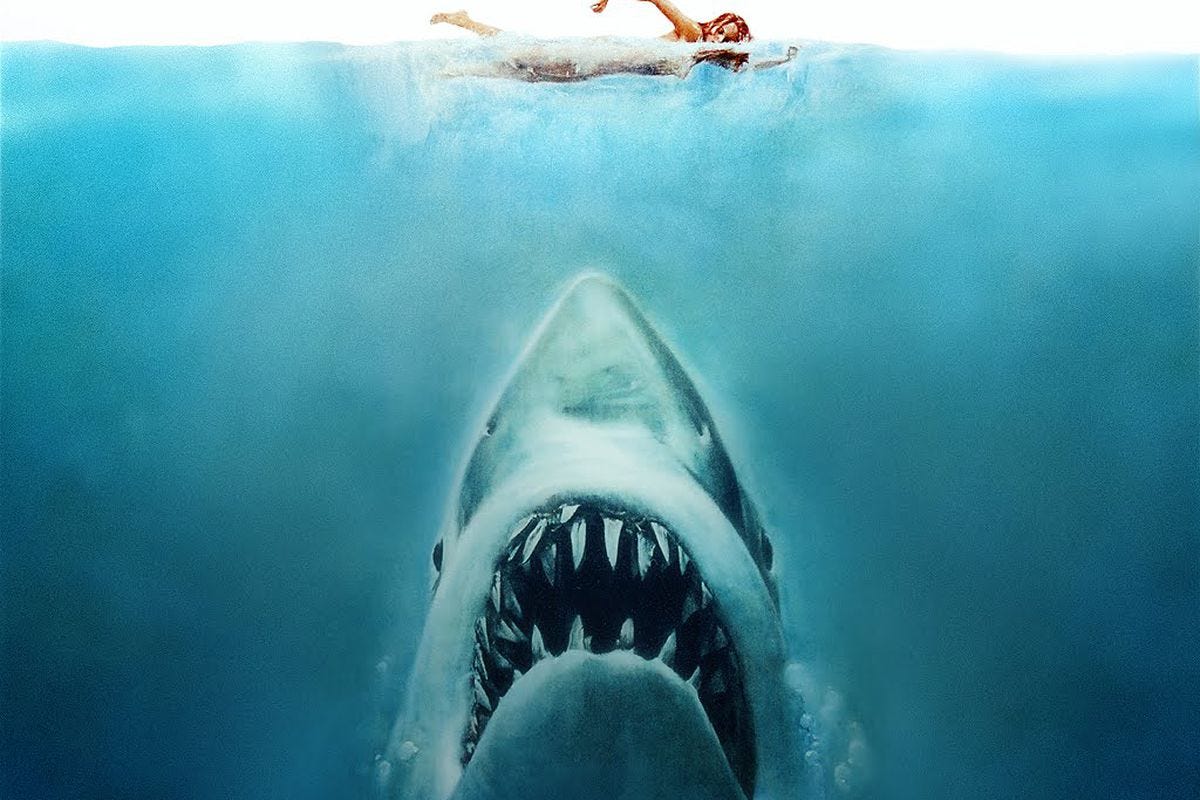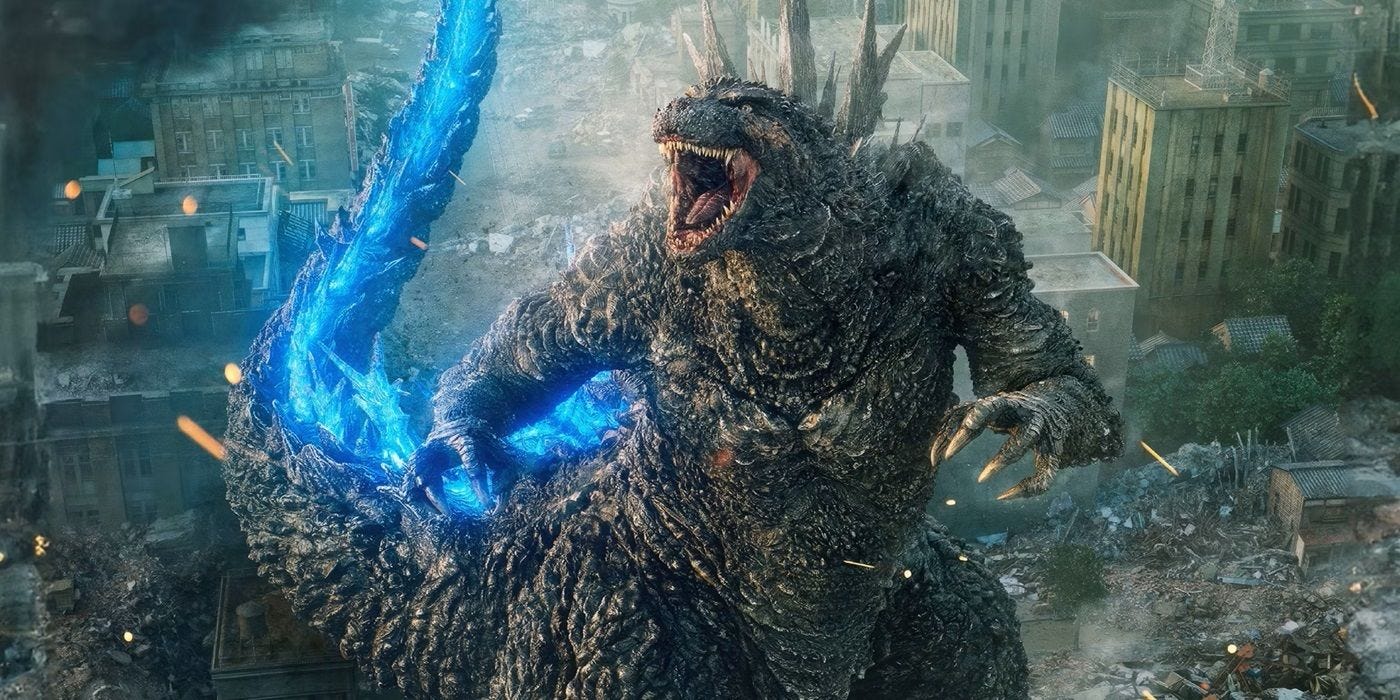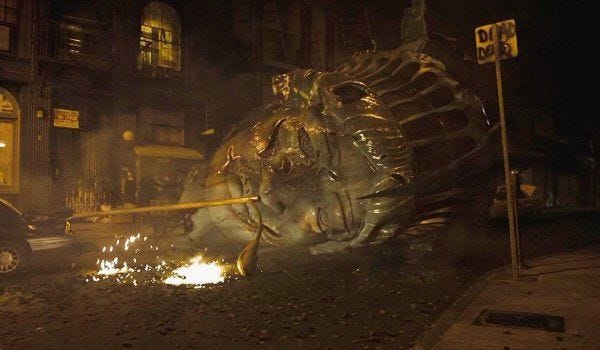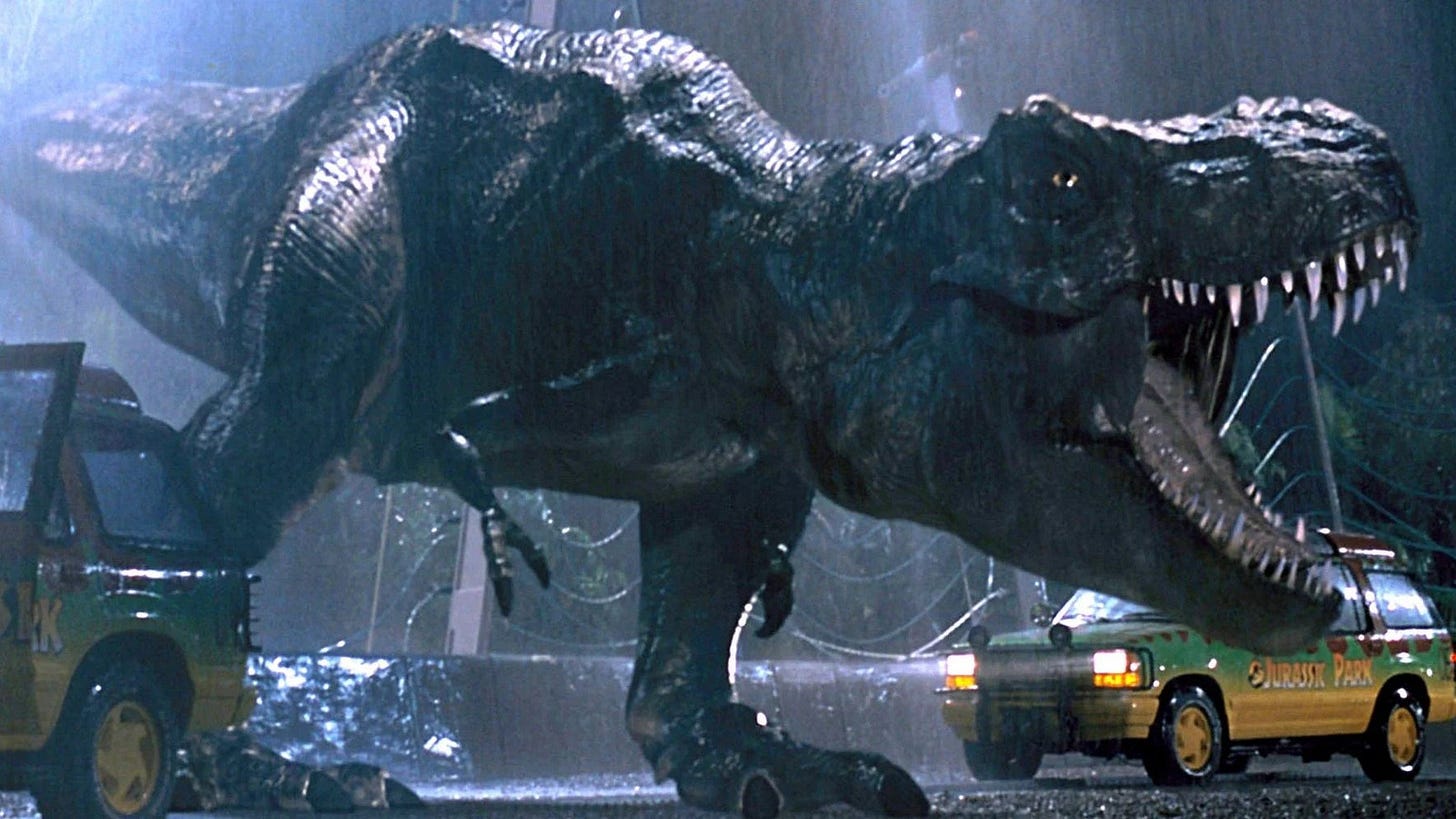April is full of a lot of things: April Fools, Good Friday, Easter… but it’s also the month for Earth Day. When we humans spend most of the time destroying our home planet, it’s only reasonable that we at least spend one day out of the year celebrating its beauty and advocating for conservation.
The damage we as humans has done to the environment has been borderline irreversible in some instances, and if nature wanted to fight back… I wouldn’t blame it.
ANIMALS ON THE PROWL
IPerhaps it comes as no surprise that some of the most popular horror movies about nature has to do with animals. From Cujo, Arachnophobia, to Pet Sematary, these films focus on the horrors of animals finally reaching their breaking point.
However, possibly the most iconic are The Birds and Jaws. While I’ve talked about these two films before, I feel as if it’s only right for them make another appearance, especially when speaking about them from the perspective of nature in horror.
The Birds, for example, gives us a chilling metaphor through the air itself. While humans carelessly release pollutants into the air for their own gain, the earth suffers… and not just animals.
Humans are their own worst enemy, leading to rising air pollution and health threats for ourselves.
When pairing this factor with The Birds, the story shifts: what happens when nature grows tired of our antics? When the birds stop singing harmonies of warnings, but begin to attack us in defense of Mother Earth?
From the sky we go to the sea… Jaws drags us under the tide by reminding us that we are not the top of the food chain. Simply, we just exist in it, waiting for the next predator to take us down.
As humans, we view beaches as leisure getaways. Oceans are treated as garbage dumps, toilets, and graves—but to the rest of the planet, the ocean functions as one of the most important elements of the ecosystem.
In Jaws, the town of Amityville keeps the beaches open for tourism profit even after people have lost their lives to a rampaging shark. It isn’t that Bruce (the shark) is evil, it’s that he’s simply hungry. When there’s tons of food around, well… do you expect him to leave the kitchen?
While the humans continue to use his home as a vacation spot, Bruce is simply done with playing nice, becoming the vengeful spirit of the ocean.
Worse, Jaws played a significant role in hurting the environment, as shark mania rose in the U.S. after the release of the film in 1975. Not only were sharks stigmatized into being “villains of the sea,” but crazed fishermen took up trophy hunting sharks behind the defense of protecting others.
The shark population in the east coast of North America declined by 50% years after the film’s release, with Steven Spielberg admitting that he deeply regrets how Jaws affected the species.
“That’s one of the things I still fear—not to get eaten by a shark, but that sharks are somehow mad at me for the feeding frenzy of crazy sport fishermen that happened after 1975.” - Steven Spielberg
When nature finally decides to bite back, it doesn’t apologize for its aggression. It moves in grace, with beauty, and terror. From feral animals to devastating natural disasters, nature does not have a reason to comply to the human condition.
NATURE, UNLEASHED
Sometimes, Mother Nature needs more firepower than just birds or sharks.
Sometimes, she needs something more evolved. Something more far gone.
Sometimes, she needs a monster.
That’s where films like Godzilla, Cloverfield, or even The Mist come in. They start of nature, evolving into a gigantic disaster film; they destroy where nature needs it. They destroy the pests of the earth… aka humanity.
Godzilla, for example, is a prehistoric creature who was awakened by the use of nuclear radiation by the human race. Godzilla is not a monster or a villain, Godzilla is simply an animal reacting to its environment.
He feels threatened, and thus wakes up in fight or flight mode, destroying cities in the process. It is a metaphor for our own needless destruction wrapped in a reptilian suit.
Cloverfield, on the other hand, focuses on keeping the monster’s origins hidden. However, it does come from the dark depths of the ocean, a mighty realistic touch considering the terrifying statistic of the ocean being 80% unexplored. As humans, we have no idea what else lives with us on this planet, and the horror of Cloverfield comes from that fact.
What happens when we disturb our unknown neighbors? When they finally have enough of our games?
Well… they destroy our cities.
TO PLAY GOD
While Godzilla came to life because of our own negligence, the dinosaurs of Jurassic Park come back from the grave because of our own arrogance.
Jurassic Park is built upon the concept of humans playing the role of a god and laughing in the face of Mother Nature while doing so. Humans bring back an extinct species not for science but for selling them to the masses. Dinosaurs become a brand, an experience… dinosaurs are marketed as a theme park.
The horror of Jurassic Park isn’t that humanity has ego—it’s that we underestimate the very thing we manipulated. The dinosaurs break out and go on a rampage, reclaiming their dominance over the Earth. After all, they were here long before we came along… why would the hierarchy change now?
The theme park crumbles, the fences fail, and the illusion of control shatters. Jurassic Park is the prime example of nature fighting back, taking its control back from a species of ego maniacs.
As Dr. Ian Malcolm said: “Your scientists were so preoccupied with whether or not they could, they didn't stop to think if they should.”
Jurassic Park isn’t about a zoo of dinosaurs. It’s about the fragility of the human mind… and the strength of Mother Earth.
THE HAPPENING… NOT
In talking about nature horror, I have to bring up the infamous film The Happening. While its storyline—plants releasing neurotoxins that make humans kill themselves—is interesting, the execution is less than lackluster.
It is meant to show nature fighting back literally, with humans being wiped away like pests. There’s no mercy to be given, because nature doesn’t see situations through an empathetic lens.
The concept is terrifying, but the movie fails in its impact.
The acting is flat and borderline SNL-parody territory.
The dialogue is laughable.
The characters run away from the wind…
What should’ve been a good movie was ruined by… whatever the hell The Happening was. It’s not even bad because it was quiet or slow… it’s bad because there feels like there’s no real trauma, urgency, or purpose.
At the end of the day… maybe the plants were right.
Nature is ripe for stories in horror. Although it seems like a subgenre that is less explored, the options are limitless. From animals, monsters, and even the earth itself… humans need to tread lightly. We are simply visitors in flesh vessels here… and for the short time we’re here… we should respect it.





